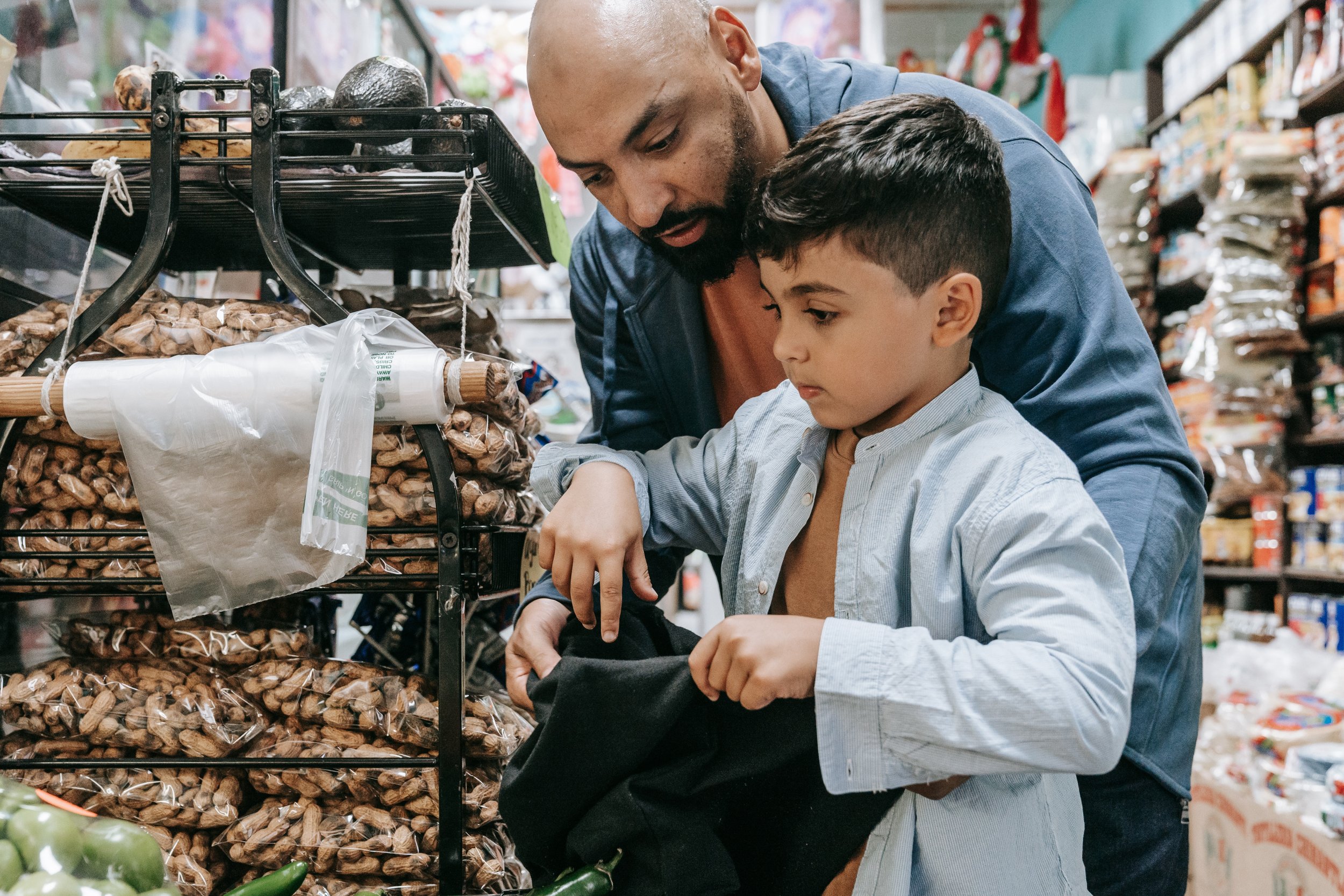Shopping with a child with ASD
Groceries stores and shopping malls can often be overstimulated for individuals on the spectrum. They may feel overwhelmed by the environment and have trouble with:
1. Processing sensory information: Bright lights, loud noises, and smells can be difficult to tolerate. This overstimulation can result in a painful experience.
2. Crowds and long queues: Children may feel anxiety by being surrendered by too many people in the same place. Big crowds also produce more noise that can be hard to ignore.
3. Change of routine: Shopping is an activity that is not contemplated in the child's daily routine. This change can make him feel agitated.
4. Meltdowns: Emotional responses are natural in all children. They occur when the child is overwhelmed, frustrated, or tired. Meltdowns are shown differently for each child, they can include crying, screaming, hitting, or self-injurious behaviors.
5. Anxiety: Many children under the spectrum demonstrate high levels of anxiety. This is due to sensory overload.
Tips to make shopping easier and enjoyable (for you and your child ):
1. Prepare your child for a change in routine: Inform your child about the outing the day before. Give as many details as you can; where are you going, what time you will go, what can he expect from this place.
2. Develop a plan with your child: Before you go shopping, explain in detail what will happen. Short sentences and pictures can help your child to visualize the future experience. See the example:
“We take the car, we go to the supermarket and we park in the parking lot. Then… you sit on the shopping kart and we enter the store. We pick the products from our list. We will pay our groceries, we put them in the bags and we go back to the car and drive back home. Once you get home, you can … (activity of his choice or you chose something you child really likes)”
3. Offer weighted objects: They can help the child who has a sensory processing disorder. Items like weighted blankets, vests, or stuffed animals can help process sensory overload and regulate the nervous system.
4. Handheld toys: Fidget toys, sensory balls, squishy objects, pop-its, and stretchy strings help children work on their motor skills, focus their energy on something small, and provide stress relief. They can help your child to remain calm and focus while shopping.
5. Acknowledge good behavior: Praise your child when he is doing well at shopping. It can be by offering/buying a favorite food or toy. Reinforcing good behaviors will encourage him to do well on future visits to the store.
6. Keep it short: Children can be easily overwhelmed, so it's best to keep outings short at first to reduce the possibility of meltdowns. Begin with a few numbers of products, a small amount of time in the store, and then increase the number of items and time spent gradually.
Shopping with children with autism can be difficult and frustrating. We hope that by applying these tips, visits to the supermarket or any store become more manageable for you and your child.






